
Japanese Don't Need Refrigerators: 3 Brilliant Ways to Keep Vegetables Fresh, Proving Their "Smart IQ"
Japanese Don't Need Refrigerators: 3 Brilliant Ways to Keep Vegetables Fresh, Proving Their "Smart IQ"
The Japanese have three amazing methods to preserve vegetables without using a refrigerator. Renowned for their minimalist lifestyle and love of natural approaches, the Japanese apply these principles even when storing food. Instead of stuffing all vegetables into a fridge as many families do, they use extremely creative techniques to keep produce fresh for up to 10 days—without any cooling technology. These methods not only are simple but also help maintain the moisture, sweetness, and natural flavor of the vegetables almost intact.
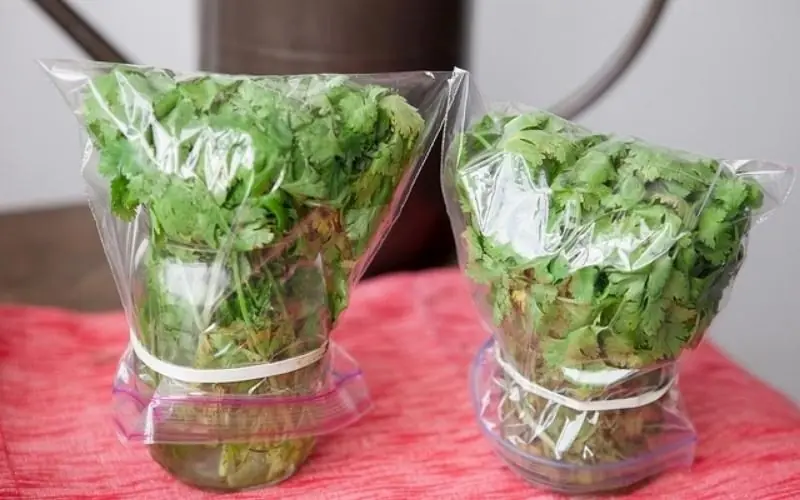
1. Using a Damp Cloth
One popular trick among the Japanese is to use a damp cloth to store leafy greens. For vegetables that wilt easily—such as bok choy, amaranth, spinach, or herbs—rather than refrigerating them, they wash, drain, and then wrap the produce in a cotton cloth that has been moistened. The vegetables are then kept in a cool, airy place, away from direct sunlight. The moisture in the cloth helps prevent the vegetables from drying out and also minimizes the risk of discoloration that can occur from over-chilling in a refrigerator.
This method works exceptionally well for delicate leafy vegetables, even helping them retain a vibrant green color without the discoloration that can occur when stored in a cold environment for too long.
2. Storing in Clean Dry Sand
For root vegetables like carrots, potatoes, turnips, or onions, the Japanese opt for storing them in clean dry sand. They spread a layer of sand in a wooden box or a large cardboard container, then bury each vegetable in the sand so that air does not directly contact the surface. The sand helps maintain a stable temperature and prevents the vegetables from sprouting or becoming mushy due to excess moisture.
Thanks to this environment, which mimics the natural soil conditions, the vegetables can remain fresh for over 10 days—or even a month—without any loss in quality. This method is also widely used by Japanese farmers post-harvest if the produce isn’t used immediately.
3. Soaking the Roots in Clean Water
In keeping with their minimalist lifestyle, the Japanese prioritize using what they have at home to preserve food. Another clever tip they employ is soaking the roots of vegetables in a glass of clean water—a simple yet surprisingly effective method.
This approach is particularly suitable for vegetables that still have their roots, such as scallions, Chinese cabbage, water spinach, amaranth, or spinach. These vegetables, if stored in a refrigerator, sometimes wilt or discolor after just 2–3 days. In contrast, all you need is a glass, a little clean water, and a cool corner in your kitchen to keep them fresh for much longer.
By continuously absorbing water, the stems and leaves remain crisp and do not wilt. Moreover, for scallions or other herbs with roots, you might even see new green sprouts emerging after a few days—almost like a “self-regenerating” trick right in your own kitchen. Just remember to change the water daily to prevent odors and to allow the vegetables to continue absorbing fresh water.
News in the same category

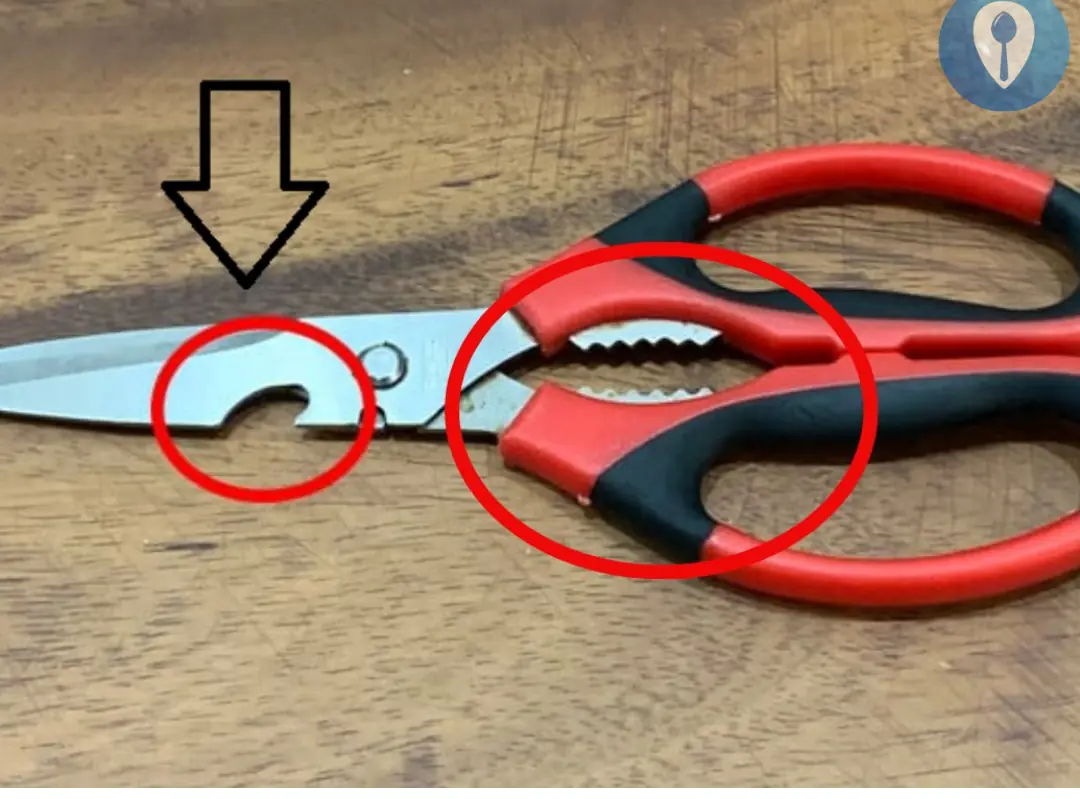
What are the buttonholes and serrated holes on scissors used for?

Many people worry that throwing toilet paper into the toilet might cause blockages
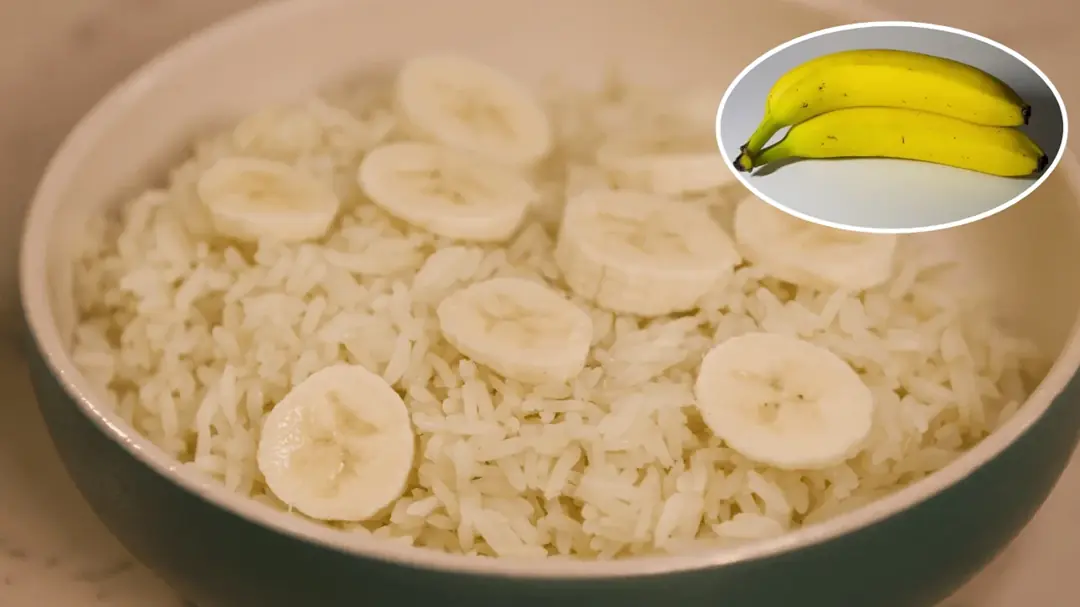
Cooking Rice with Banana: It Sounds Unusual, but the "Golden" Benefits Are Amazing!
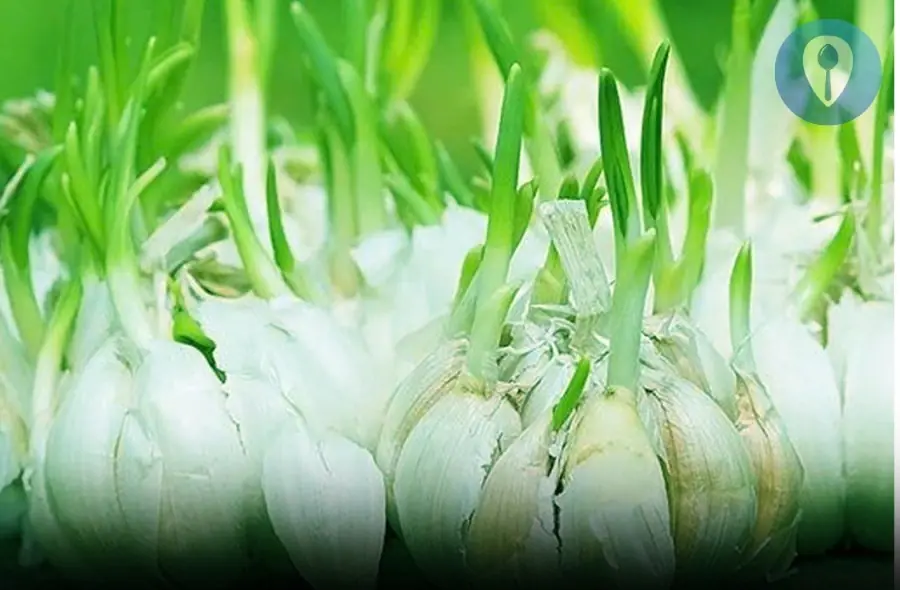
If you see garlic sprouting, don't rush to throw it away
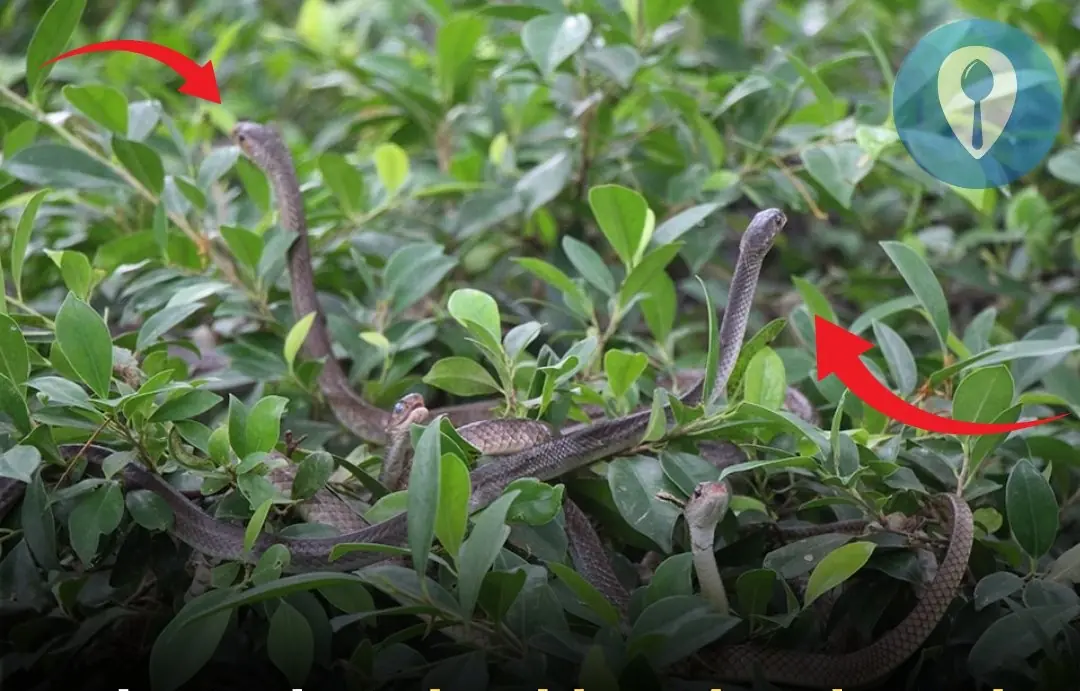
Plants that should not be planted around the house

First Aid Guide: Foreign object swallowed

Simple tips to clean yellow sweat stains on white shirts

What to Do When You’re on a High Floor During an Earthquake: Simple Yet Crucial Guidelines

This Is the Nemesis of Fishy Odor: Add One Spoonful for Tender, Perfectly Seasoned Fish!

The air conditioner exploded while running normally, important notes for prevention

How to Naturally Eliminate Dust Mites and Bedbugs from Your Mattress
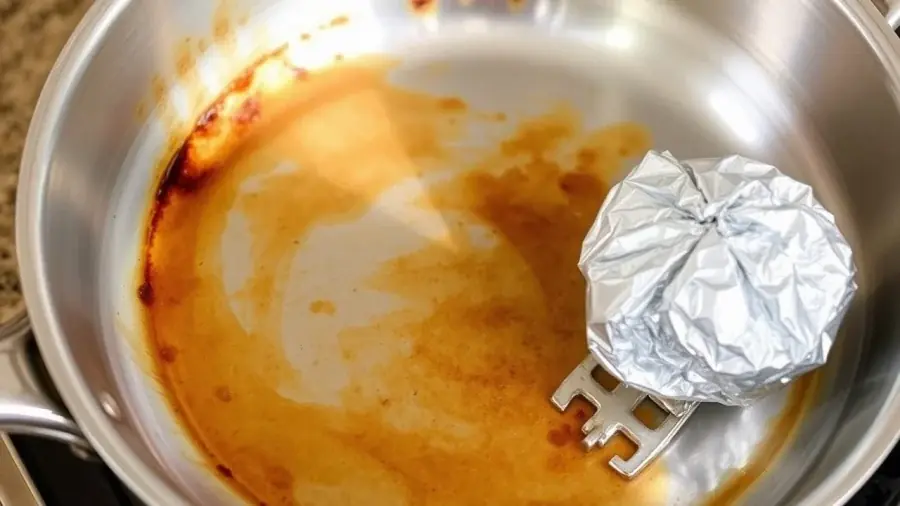
Make the Most of Aluminum Foil: 9 Surprising Uses in Everyday Life
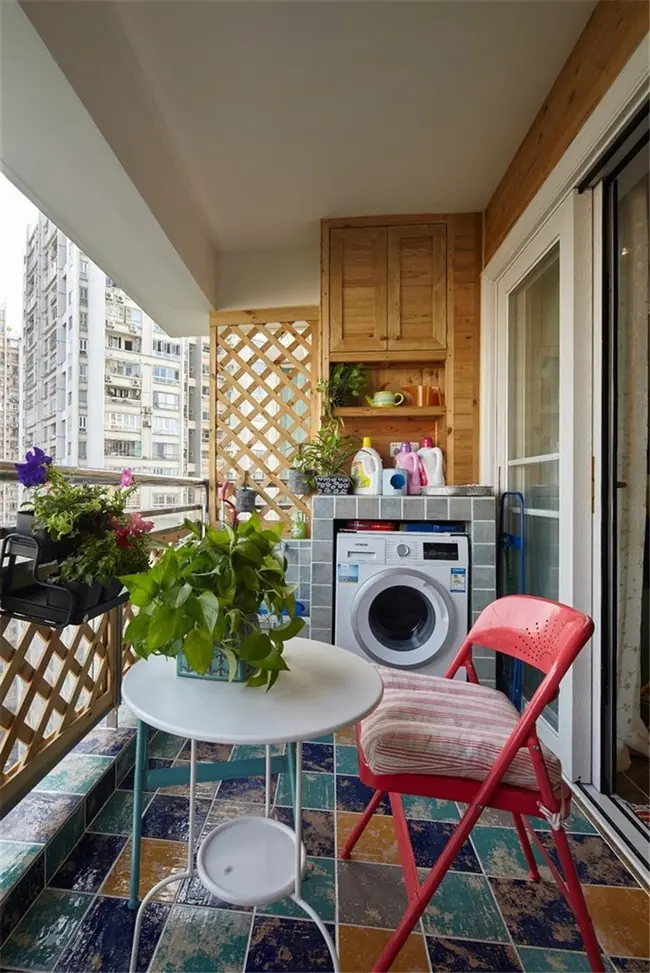
If You’re Keeping Your Washing Machine on the Balcony, You Definitely Should Consider This Design Upgrade

Snake nest crawling in air conditioner, expert shows how to prevent
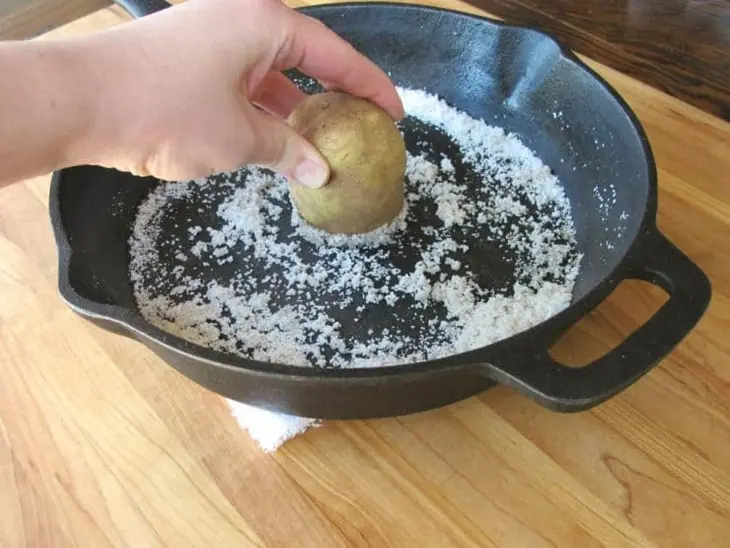
The pan has lost its non-stick coating, don't throw it away

Check them now before it's too late

Defrosting Fish in Water Is a Mistake! Use This Method for Fast, Odor-Free, and Firm Fish
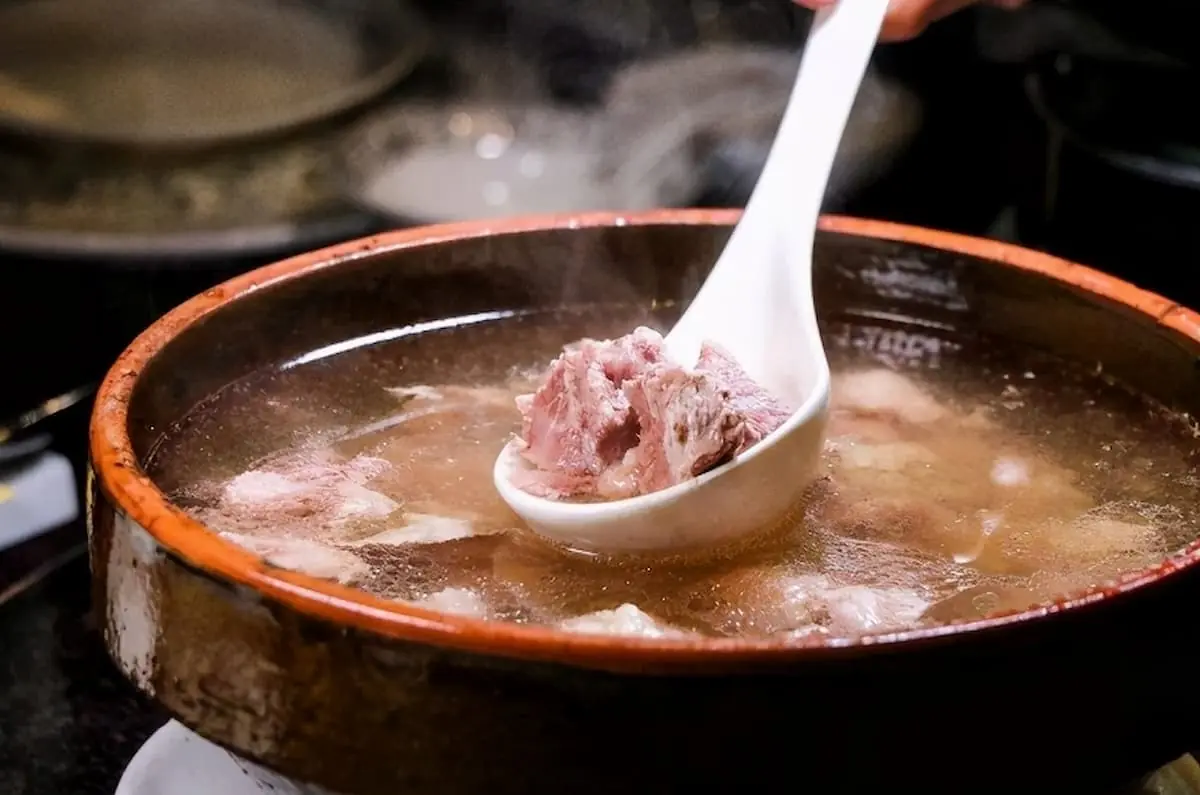
Does Longer Bone Broth Simmering Make It Tastier? Essential Tips for a Clear, Flavorful Broth
News Post

5 foods are considered "vacuum cleaners" for the l.u.n.gs: eat them regularly and your l.u.ngs will be cleaned

5 Habits Doctors Never Do During Flu Season: How They Stay Healthy Despite Daily Contact with Thousands of Patients

How can you make “5+5+5 = 550” correct with just one line?

Signs of High Blo.od Sugar and Diabetes Risk: If You Have Any of These 6 Symptoms, Be Cautious!
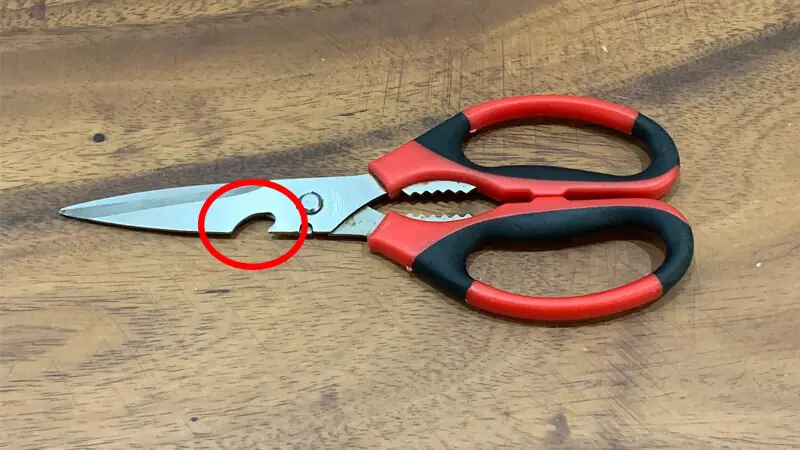
The Purpose of the Notch on Scissors: Many Homemakers Don’t Know How to Use It—What a Shame!

The rice barrel placed in this place will cause constant illness and difficulty

Is that girl okay?

The photo that made millions of people cry about the profession considered the di.rtiest in the world

7 warning signs of incurable diseases on the feet: Those who do not have them are very congratulatory
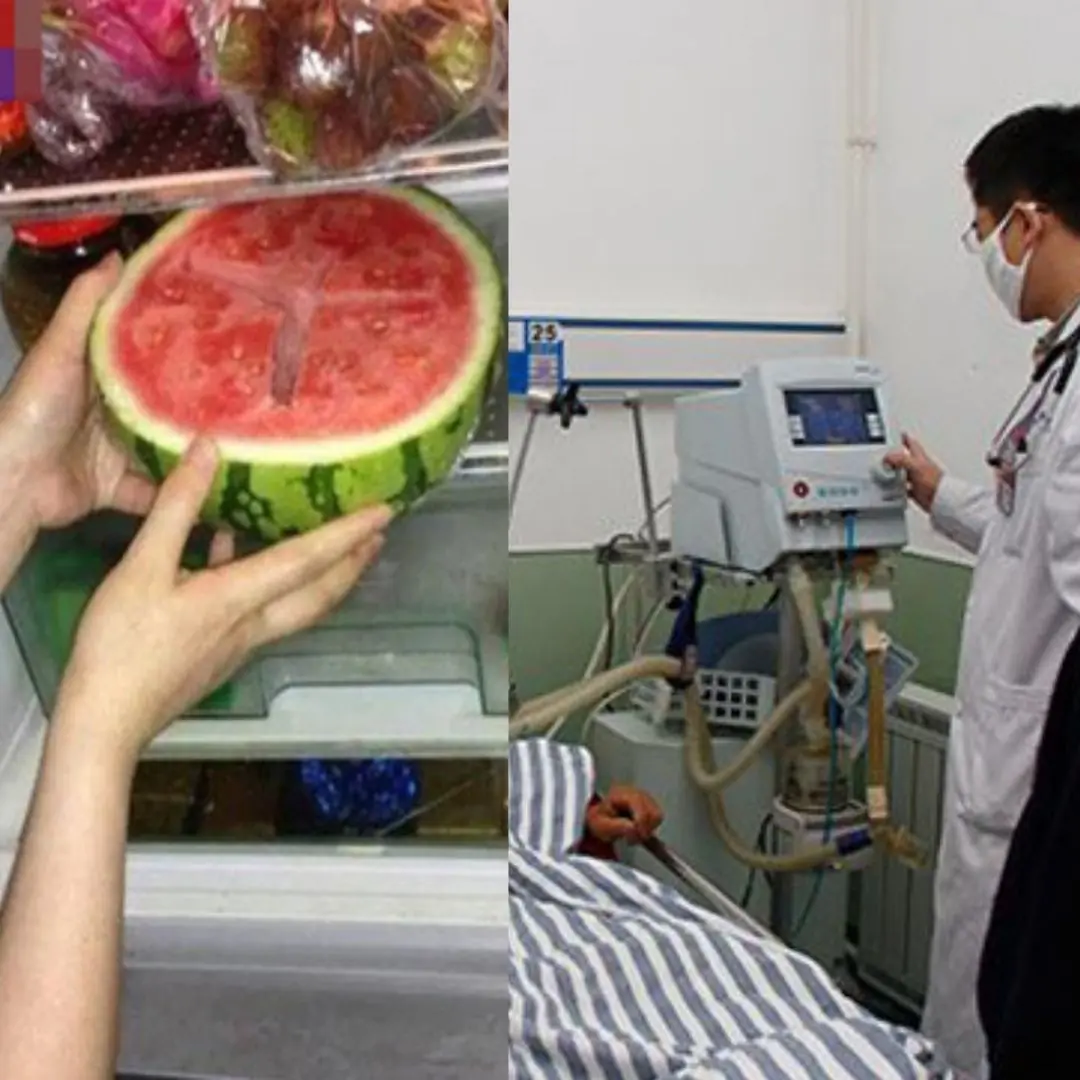
Whole family hospitalized after eating watermelon left overnight in the refrigerator: Mistakes in preserving watermelon that many people make

What are the buttonholes and serrated holes on scissors used for?

Using your phone a lot is fine, but you have to avoid 2 times

The old man selling lottery tickets carried a sack of change into the bank, was loo.ked d.own upon by the staff and had a surprising ending

I'm only 22 years old, but I just agreed to marry a rich 60 year old man

Who D.ie.s If ‘E’ Pushes The Stone?

Many people worry that throwing toilet paper into the toilet might cause blockages

The "Secret" of the Small Hole on a Vegetable Peeler That Made Me Realize My EQ Has Been at Rock Bottom for 10 Years!

Can you spot the turtle in 15 seconds?

9 Warning Signs of Can.cer: Recognize Them Early to Save Your Life
